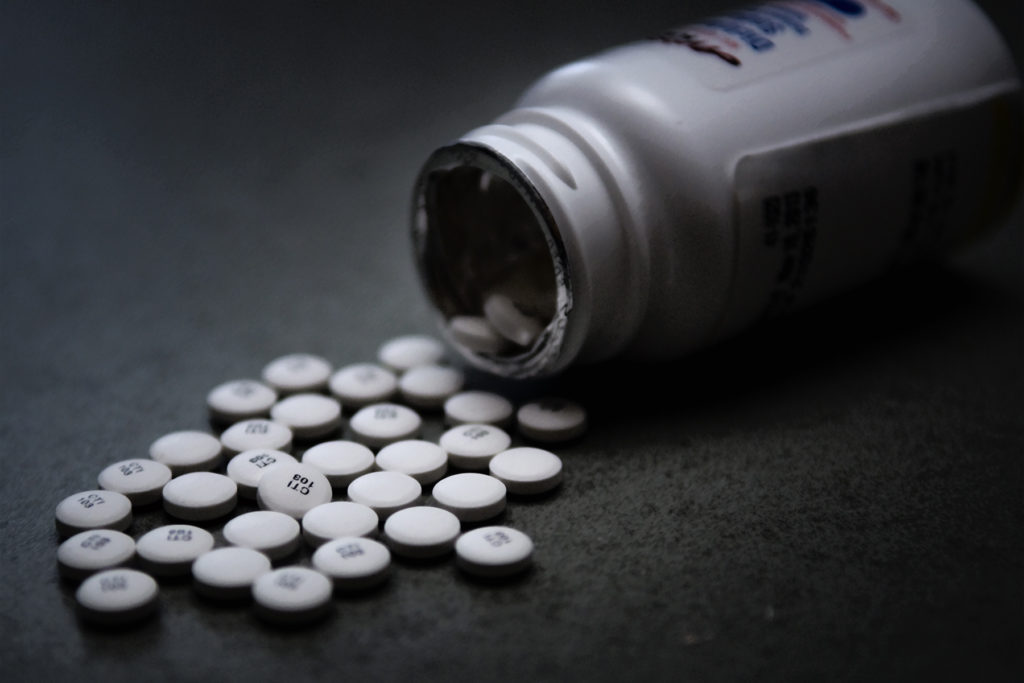A study evaluating dermatologists’ participation in the opioid crisis has found that between 3,877 and 7,602 patients who were prescribed opioids by dermatologists continue to use them for one year and between 1,825 and 4,2019 use them for three years.
In the study published in JAMA Dermatology, researchers from Harvard Medical School and Brigham and Women’s Hospital looked at Medicare Part D subscriber data from January 1 to December 31, 2014. Out of the 12,537 featured in the study, 5,305 (42.3 percent) didn’t prescribe any opioids but 5,408 (43.1 percent) issued from one up to 10 opioid prescriptions, and a whopping 14.5 percent prescribed over 10 opioid claims. On average, those dermatologists who prescribed opioids issued 63 prescriptions to 61 patients for a mean of 4.4 days’ worth of pills.
The researchers warn that these prescription quantities could be considered excessive. “Based on these consumption habits, we calculated that a total of 493,204 pills could be left unused by Medicare patients receiving prescriptions from their dermatologist, creating a large opioid reservoir that poses a substantial risk for future misuse,” wrote the study authors.
The study also found stark differences in the prescribing practices of dermatologists in different regions of the country. Dermatologists in southern states wrote 2.77 opioid prescriptions per 1,000 Medicare beneficiaries, whereas in western states that figure was 1.6 per 1,000, in the Midwest it was .89 per 1,000, and even lower in the Northeast; with a prescribing rate of .83 to 1,000 patients.

